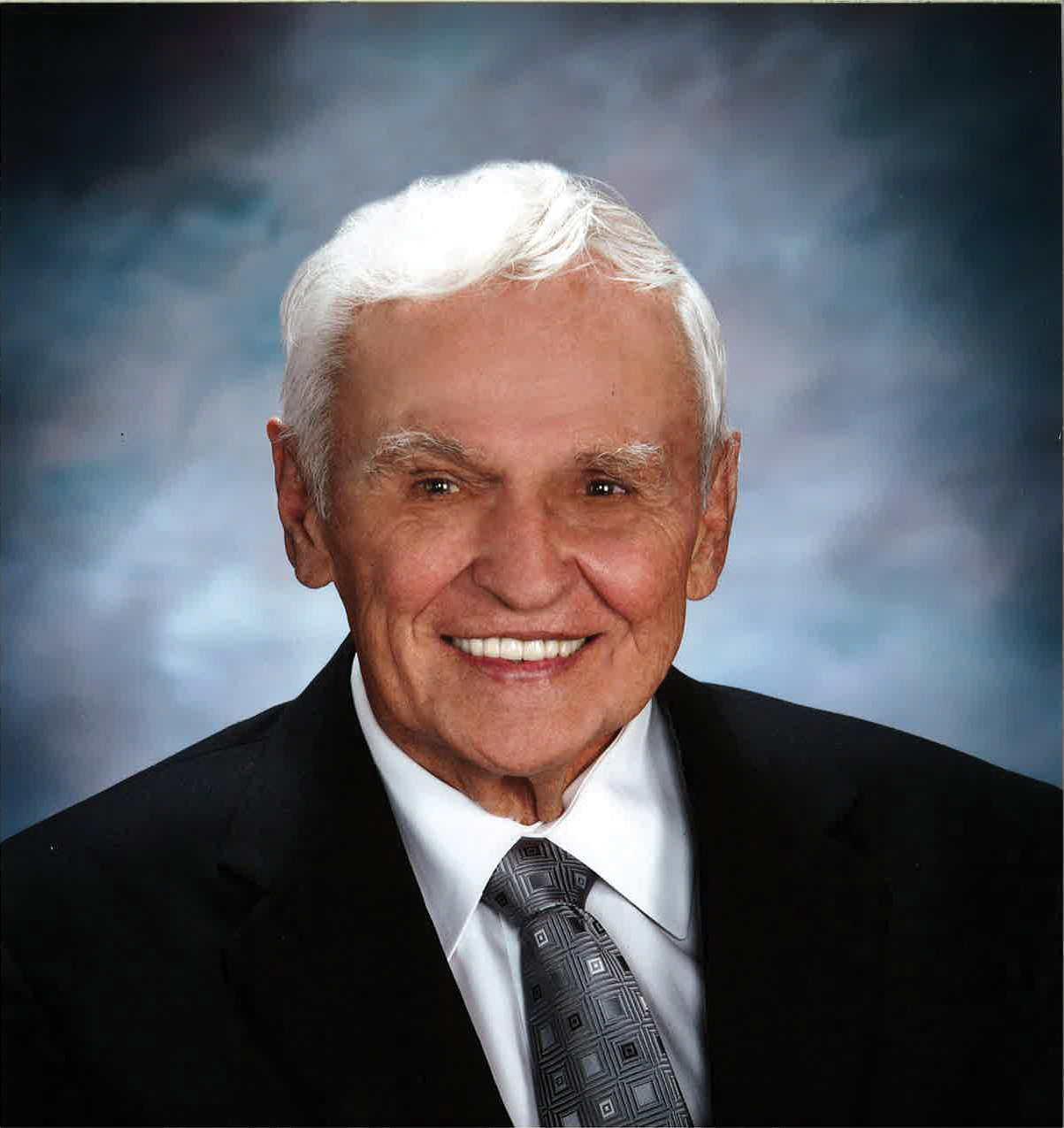|
home | what's new | other sites | contact | about |
||
|
Word Gems exploring self-realization, sacred personhood, and full humanity
Public Speaking
a slightest nudge from destiny One of the major lessons learned in my life is that sometimes great influence and direction comes via the most slender thread. One example was offered by a very kind gentleman, a Mr. Elgin of Altadena, California. In 1975, while still a college student, I looked after Mr. Elgin’s beautiful mountain-foothills property. One day while I was cleaning his office, he and his son were working there. I was a just fly on the wall. They spoke of things I’d never heard of, things about the stock market, accounting, tax consequences of buying and selling, and investment strategy. I hurried through my work so as not to disturb them, but those several minutes became impressed upon my psyche, the images from which reverberated through my head and wouldn’t let go. Ten years would pass and I would become a stock broker, working in a skyscraper glass-tower, eventually serving hundreds of clients; later I would become a registered investment advisor, and also took an additional accounting major (qualifying me to sit for the CPA exam), plus one year of law school – all this as proximate cause of cleaning Mr. Elgin’s study one morning. Go figure.
how to speak so that people will listen But maybe a greater point of serendipity impinging upon my life was offered by Art Mokarow. He was a college instructor and a leading minister in a church I belonged to at the time. Art was one of the most skilful teachers and effective public speakers I would ever meet.
I never really knew Art personally, never really had the chance to talk to him much. I recall walking with him, for about 2 minutes, on his way to a lecture. He didn’t know me, but I knew him and was enthralled by the power of his elocution...
So impressed was I as a young man that, not once but twice, I flew across the country just to hear him speak. He had the ability to craft and handle a subject so masterfully that you’d remember his words 40 years later. It was incredible, his teaching skill! This page is a tribute to Art, what I learned from him about public speaking.
how to speak so that people will remember your topic 40 years later I studied Art’s speaking techniques, closely analyzed his methods and why it was so effective. I spent a few years as understudy to his work and genius, and finally understood what he was doing. Allow me to offer an overview of what I learned from Art. I haven’t given it much thought over the many intervening years, but his ways were so effective and compelling that I think I can still recreate an outline of his successful teaching style. Let me also say that I felt moved to add this important material to Word Gems as it would be lost if I didn’t. Editor's note: I would use Art's methods in my own public speaking, in churches, over a period of 25 years, and also as a stock broker with approx. 70 hotel-seminars on investment strategy, which gained for me hundreds of clients. (I am no longer a public speaker, nor a participant, in either arena of activity.)
structure: the skeleton of a speech The design of Art’s lectures is deceptively simple. It all would begin so easily that you'd hardly realize the speech had begun. This is important because "people love to learn but they hate to be taught." [smile] I’ll offer an example from a discourse 40 years ago. I still recall the topic and its impact on me.
introduction The purpose of an introduction is to create a mood, an atmosphere. It compels people to want to listen to you. That’s not easy. In fact, in many respects, much of the battle is won or lost right here. If you turn your audience off at the start, you’ve lost them good-and-proper, and they’re not coming back. Their bodies might politely remain in their seats but their minds might be light-years away. The only thing they'll want to know is when this dirge is over.
Lord Birkett, Observer, 1960: "I do not object to people looking at their watches when I am speaking. But I strongly object when they start shaking them to make certain they are still going."
Here’s what Art did. He was giving a sermon on faith. However, when he started speaking, and then for several minutes, the audience was not aware of the topic; moreover, the audience, for some little time, was not even aware that they were listening to a sermon! Art began by telling a story. But hold on. This wasn’t a “story story,” it didn’t come across like, “Now I’m going to sit you down and tell you a story.” No, nothing like that. Instead, Art starts chatting about what happened at breakfast a few hours before. The listener now feels like a next-door neighbor has strolled by to chat over the backyard fence. This is very important. Art said that he’d gone out on the porch in his bedroom slippers to feed his cat named Toby – and now we're right there with him! This is all feeling so natural, so unaffected, as many of us do this, and so we easily follow his story line. We can see Toby, in the mind’s eye, wanting his dish of milk...
Art tells us a little more about the cat, a favorite pet. But then he explains that this morning, while attempting to feed Toby, the cat got underfoot, and Art accidentally stepped on his tail!
We’re viscerally involved now. We can hear Toby’s little screech, and we feel the hungry, little creature’s pain. The whole audience is attentive in an utmost manner now. To this point, there’s been n'ary a cat's hide-or-hair of any formal teaching, as far as anyone can tell. This is vital, especially in the beginning of a talk because, again, as Churchill said, “I’m always ready to learn but not always ready to be taught.” The skilful teacher understands this systemic difficulty and does not immediately wade into heavy discourse. As we will see, Art has now laid out all of his main “artillery” for a successful speech, and the audience isn’t even aware yet that the sermon has begun! Let me tell you something. It’s been 40 years since I heard the story of Toby and the unfortunate incident with his tail, but what happened next so shocked me that I recall it all to this day. I say “shock” not because of anything luridly sensational or earth-shaking, but because, in a kind of whiplash, I realized that Art had "set us up" as the true artist that he was. After saying a word or two more about Toby, the tail, and the milk, Art now broaches the primary subject of his sermon. It would be about “faith.” Art explains that he, in his position vis-à-vis Toby, is like God, and sometimes we too don’t know what’s going on, and sometimes when we want and need things we get our tails stepped on.
This introduction was perfect. It caught us completely off-guard. We thought we were chatting with a neighbor over the backyard fence, and suddenly, in a grand switcheroo, we realize we’ve been instructed all along! It was a true whiplash, and a thing of beauty to behold, Art’s subtle teaching style. But there’s much more to Art’s communication skills.
the SPS: specific purpose statement The skilful speaker has set the mood. We are predisposed now to be taught. We like the speaker as a person, and want to know more about the subject, and want to know it from him. And now, before moving into the main body of the speech, the speaker must offer the listener a clear purpose for remaining engaged for the next hour. Here’s where the speaker makes it personal and relevant. Tell the audience why they need this information. Link the subject to a universal idea or question, something that people wonder about. If you can do this, they’ll come running, and stay with you, even for a whole hour, and will remember your message a long time into the future.
a summarizing statement, an affirming image or proverb A speech might have three major divisions: introduction, body, and conclusion. And the body itself might be divided into, let’s say, three points, as well. This makes a total of six points, or sections to the speech. How to make all of this flow as a single unit? You'll need some connector-idea, some common rallying point. For this sermon, the image of Toby was the summarizing concept. Art’s main point about “faith” was encapsulated by the frightened little Toby, confused about what had happened to his friendly master, now seemingly causing harm. Here’s what a good speaker needs to do: Before leaving the introduction, solidify the image of Toby as one whose faith has been tested. And before you leave the SPS, give at least passing mention to Toby again. And before leaving each of the three sub-divisions of the body, bring it all back to Toby. It doesn’t have to take a lot of time and no need to bludgeon the point, as a brief reminder will do; just cement, even subtly, the main point of the overall speech. Same for the conclusion; there, however, you’ll want to elaborate a little more, in final wrapping up, how Toby might recover or did recover, with a speaker-led directed-discovery for the audience on how our battered images of God can also be remedied. You get the idea.
Here’s something else, too. The mental image of Toby worked well, but if you can think of an additional short phrase, or motto, or proverb, like a repeated jingle in a song, so much the better, and repeat that proverb when you bring Toby to the audience’s mind.
open a channel
a major pitfall of almost all speakers There are many reasons why teachers and speakers fail, but here’s a big one. They try to cover too much ground in one lecture. For example, an attempt to give a sermon on the broad-swath subject of “faith” is just asking for people to fall asleep. It's way too big. The subject of “faith” is a mammoth area to traverse, and whole libraries could be filled with all of the thoughts that might be expressed. Editor's note: I'll tell you why priests/ministers fall prey to carving out gargantuan subjects. I know the answer so well - from my own early days of short-coming in this area, along with personally knowing hundreds of clergy (I went to school with them): We're afraid. We're inexperienced. We're shallow. We don't know our subject well enough to latch onto a reduced sub-set of the main, and so we choose a very broad subject, behind which me might hide our ignorance, and into which we can throw everything we know, plus much of what we don't, in order to give cover to our lack of penetrating insight concerning the large-heading subject. I have never heard much of a worthwhile sermon from a newly-minted, newly-ordained priest/minister. Usually I am embarrassed for them, so immature and unknowledgeable are they, such that, they are unaware of their own incompetence. How could it be otherwise; how could s/he be credible at 20-something? What maturity has been garnered in young life that now s/he should presume to be lecturing the grey-heads? Taking bible or church-doctrine classes is not enough. These alone will not produce the wise person -- even if you write your own bible commentary. For my part, I want to hear from a man or woman who's suffered but survived, someone who's learned to trust God over decades while "living in the trenches" of the sometimes confusion, darkness, and despair of "this world, which is another world's hell." I want a priest/minister to tell me their own story of how they endured a personal trial of fire of "My God, my God, why have you forsaken me?" But, it should also be said, an accumulation of years per se will not guarantee wisdom. A grey-head speaker is not automatically worth listening to. The enlightened view arises from, but is not grounded in, experience.
Instead of this common failing of trying to do too much, the speaker must extract just the smallest sliver of the topic; some particular minute aspect made relevant to a narrow situation or question. Then you have a chance of not losing your audience... I say a chance, because, as we were taught in speech classes nearly 50 years ago, "the brain can absorb only as much as the posterior can endure." But even this grants too much to most speakers. In most cases, what the listening brain is offered is so often not worth absorbing. And now the speaker, with neither properly-crafted subject nor accommodating content, if he or she is humble enough to admit it, is really in trouble.
after 'structure' the game is 'content'; actually, content is primary (because if you get content right, and make it first-rate, you can say it any way you want to and people will thrill to your insights and honor you for your wisdom) We’ve just made the point of not saying or trying to cover too much in a lecture. But allow me to repeat what I began to approach at the beginning. For a general audience, you must offer information that addresses a universal question. For example, staying with our “sermon” form of lecture, do not say, “My text for the day is such-and-such chapter-and-verse.” The general audience will immediately turn you off and tune you out. Nobody really cares about technicalities in the Bible; certainly, not the general audience. Instead, in order to reach them “where they live,” you must first raise a universal question, of the kind, preferably, that keeps people awake at night. You must address a humanistic value, one of broad, general concern, relating to practical needs of everyday life in our difficult world. And if you can offer some coherent, useful, plainly-explained, and wise solution to any of this chaos, they will wait for your answer, and even seek you out for your wisdom, and now you can introduce your “text for the day” all you like and people will listen, as it's suddenly become relevant to day-to-day living. Art was a master at this. He studied current research in human growth-and-development psychology and related this information concerning the human condition to portions of the Bible. He always presented things that people didn’t know and really wanted the answers to. Public speaking, like good writing, it should come as no surprise, first and foremost means having something to say, something worthwhile to say. "Structure" will not save you if "content" is rather skinny. The problem with most sermons delivered from most pulpits is that the people go away more hungry than when they came. Because most priests/ministers cannot hold an audience by offering "bread of wisdom," a nourishment of the spirit, they resort to Machiavellian cultish practices of crowd-control via fear, guilt, and mere postured authority. There was a reason why I flew across the country, twice, just to hear this genius-speaker present his lectures. Art Mokarow made you believe in yourself, want to develop yourself, and trust yourself. It was always a thing of beauty to listen to his ideas bristling with creativity and encouragement to become the best one could be; and I surely miss him.
Art helped us understand why a good teacher, though rare and ever in short supply, is just about the greatest blessing that God ever gave to the world.
|
||
|
|









